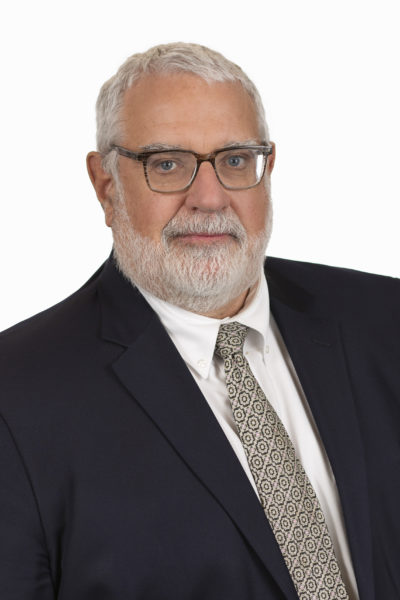
Over the next several issues we will profile a member of your leadership team, starting with the people that have new roles and eventually covering the most forward-facing leaders here at PLM. Like your business, our business is all about creating strong personal relationships.
Now on to the traditional financial review. We had very good premium growth this past quarter (15%), and our policyholder surplus surged by over 12%, putting our premium volume just over $487 million and our surplus firmly above $200 million. This was achieved during the summer, ending the year at just under $220 million! This surplus growth came from breakeven underwriting results and solid investment returns, the best we have seen in years.
We saw an improvement in our commercial auto loss ratio and as a result there was also a reduction in the underwriting loss tied to this line of business. This marks the first time this has happened in years! While we did not make money, it was a step in the right direction. This improvement was offset by increased losses associated with our general liability line of business – although this loss ratio was still acceptable. Construction defect-related claims surged for the second year in a row. They appear to be transitioning from legal defense, with sometimes a small payment to some fairly large payouts. Hopefully, this is not the beginning of a trend although, I sense it might be. Both the auto and general liability lines losses are being negatively impacted by “legal system abuse,” lawsuit funding by third parties, social inflation, and nuclear verdicts.
We are doing a lot to bring positive change in all these areas, while trying to work more closely with insureds to help control these exposures. Programs to improve driver training are available as well as various vehicle technology solutions. We are consulting on tightening the contracts that you are signing and improving record keeping associated with the subcontractors you are using. In short, we have a host of programs to support you, but we need you to understand and accept the need for developing a more aggressive safety culture in your organization.
The significant change from an underwriting profitability standpoint is in the property line. Frankly, we weathered the two hurricanes that impacted not only Florida but also western North Carolina. It’s been a long time since we had two powerful storms impact our results in one year! The real problem, however, was not weather-related losses, but rather large fires that impacted our light manufacturing and building material dealers. We had six losses over $5 million and several over $10 million. Of course, we are in the business of paying losses but I would rather pay losses that were unavoidable as opposed to those that could have been avoided. Some of these big fire losses occurred from well-known causes such as improper oily rag disposal, electrical system deterioration, and overloading.
Reinsurers coverage provides a certain amount of “loss limit” on the property and casualty reinsurance programs that we buy. They have a dollar limit, which when exceeded, entitles the reinsurer to additional premium (known as a reinstatement premium). In my 20+ years at PLM we did not have to pay many reinstatement premiums, let alone a significant one. This past year we ended up having to pay the reinsurers an extra $10 million due to the number and size of the fire losses that we had. Had this not been the case, we would have enjoyed a truly spectacular year of profit. However, this is the nature of the business we are in and emphasizes the fact that we do not see a lot of losses, but when we do, they are large!
I would note that our 2025 reinsurance program was placed without much difficulty. We once again are reinsured with a group of reinsurance companies that enjoy superior financial ratings. There is cheaper reinsurance out there, but to engage solely in terms of price is simply not in our mindset, nor a good business practice. We need to know that our reinsurers will be there, not only today, but decades from now, and that they will be fully capable of paying your general liability and commercial auto claims that will be reported in the future We had an interesting year production-wise with premiums growing to $487 million as indicated above! On the surface that looks like a great result, but it’s about three points behind the target we set for ourselves. In the past when PLM was a smaller company, a three-point shortfall was not that significant but, today it represents $15 million. New business approached $50 million, and we secured a record number of new accounts (almost 750). We missed our policy retention target by less than one point and our premium retention target was off by seven points. Still the 90% item count and 103% premium retention are well above our historic averages and well above insurance industry averages. We clearly underestimated the drop in sales that our insureds would be confronted with in building our 2024 premium plan, which had a material impact on our premium. We lost accounts to mergers and acquisitions but were able to also gain accounts in the same manner.
I continue to look for your feedback, whether good or bad, regarding your relationship with PLM and how we’re doing. Further, when you get a survey from us as part of our Net Promoter Score (NPS) program, please complete it and send it back to us. We are proud of our current scores, which are well above the industry average, but we are not interested in resting on our laurels.

